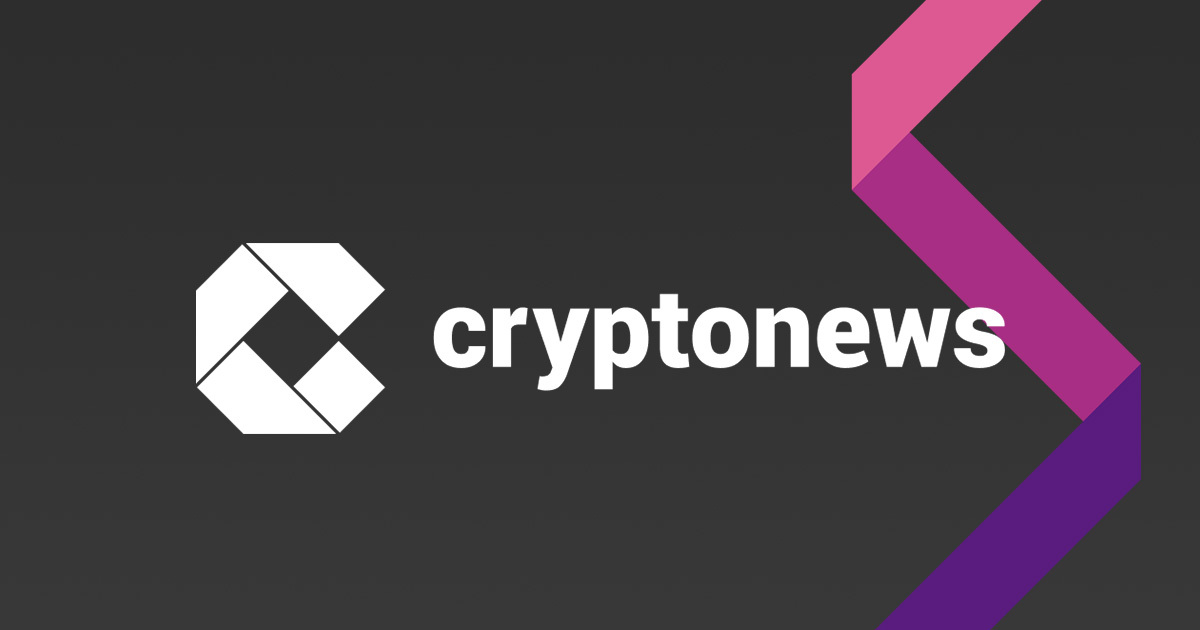Belarus Fast‑Tracks 2026 CBDC—Can It Dodge Western Sanctions?

Share:
Key Takeaways:
- Belarusian companies have begun allocating funds for digital ruble integration and compliance upgrades.
- Local fintech firms are working to land contracts to support the integration of CBDC software suites and bolster security services.
- Officials emphasize that the planned Belarus‑Russia payment rails would curb sanction exposure and streamline regional trade.
Belarus is planning to introduce its Central Bank Digital Currency (CBDC), the digital ruble, by late 2026. The National Bank of Belarus will first onboard businesses before expanding access to government agencies and citizens in 2027.
Officials are building the technical platform and regulatory framework in partnership with Russia to support seamless cross‑border payments.
Mapping the Comprehensive Roadmap to Nationwide CBDC Deployment
National Bank board chairman Roman Golovchenko confirmed the timeline, according to a report by local news outlet Belta on April 17.
Golovchenko said the bank considers the digital ruble a top priority and emphasized three immediate tasks: defining its platform, building domestic software, and drafting clear regulations to support the CBDC in Belarus.
The CBDC in Belarus will feature end‑to‑end traceability, addressing nationwide concerns over money laundering while ensuring compliance.
Belarus is coordinating closely with Russia on cross‑border payments as both countries develop ruble‑pegged digital currencies.
The move comes as both European nations face sanctions, making an alternative settlement system necessary.
However, Russia has pushed back its own CBDC launch to mid-2026 amid technical hurdles at participating banks.
A pilot involving 12 banks and about 600 employees began in August 2023. It tested wallet creation, top‑ups, person‑to‑person transfers, and automated payments to iron out technical kinks and user experience issues.
The Bank of Russia maintains that the digital ruble will complement, not replace, existing cash and non‑cash rubles.
Exporters Use Digital Assets to Soften Volatile Currency Swings
Meanwhile, some Russian companies are turning to crypto assets for international trade.
Speaking at an investment conference, former Moscow Exchange chairman Oleg Vyugin linked the ruble’s recent stability to a shift in trade settlements.
More Russian firms, he said, now pay foreign partners in cryptocurrency instead of dollars or euros, because these deals bypass “hard currencies,” demand for the greenback drops, easing pressure on the ruble.
Vyugin pointed to reports of Russian‑Chinese contracts settled in crypto, noting that if transactions do not require US dollars, there’s no need to buy them.
These developments have sparked calls for the legalization of crypto payments in Russia.
Logistics operator ETE, which ships from Moscow to China, has warned that legal uncertainty now exposes businesses to unnecessary risk.
ETE urged Prime Minister Mikhail Mishustin to legalize cryptocurrency, overhaul currency‑control rules, and establish clear protocols for digital asset issuance and accounting.
The Bank of Russia is still opposed to crypto adoption, but pressure from businesses is mounting.
From Criminal Recognition to Regulatory Adoption: Is Local Crypto Next?
Russia will add cryptocurrency and related terms to its Criminal Code to streamline coin confiscation in investigations.
The Ministry of Justice has drafted the bill, and the Government Commission on Legislative Activity approved it for submission to the State Duma.
Currently, neither the Criminal Code nor the Criminal Procedure Code defines crypto assets, forcing police and prosecutors to rely on specialists and cumbersome processes, seizing hardware wallets easily but handling “hot” online wallets by manually transferring coins to secure addresses.
Courts recognized crypto as intangible property in bankruptcy and counter‑terrorism cases after the 2020 amendments, but general criminal cases lack clear rules.
Lawyers say the law will make crypto assets confiscable and establish clear procedures, closing gaps that stalled seizures, like the 2022 St. Petersburg case involving 24 Ethereum wallets.
Critics urge lawmakers to confirm law enforcement’s technical readiness and safeguard innocent holders before the law takes effect.
Frequently Asked Questions (FAQs)
Belarus has piloted the digital ruble on Hyperledger Fabric, a permissioned DLT that delivers modular support, granular access controls, and audit‑friendly smart contracts—features that satisfy regulators’ demand for domestically hosted, fully auditable rails.
A jointly operated CBDC rail would settle payments bilaterally, bypassing dollar‑centric correspondent networks and SWIFT. By keeping flows in ruble‑denominated tokens, firms shrink their sanction footprint while preserving liquidity for cross‑border trade.
Designers could follow BIS “tiered wallet” guidance: low‑value offline transfers stay pseudonymous, whereas high‑value or suspicious transactions trigger full KYC disclosure. The model preserves cash‑like privacy without compromising regulatory oversight.
The post Belarus Fast‑Tracks 2026 CBDC—Can It Dodge Western Sanctions? appeared first on Cryptonews.
Belarus Fast‑Tracks 2026 CBDC—Can It Dodge Western Sanctions?

Share:
Key Takeaways:
- Belarusian companies have begun allocating funds for digital ruble integration and compliance upgrades.
- Local fintech firms are working to land contracts to support the integration of CBDC software suites and bolster security services.
- Officials emphasize that the planned Belarus‑Russia payment rails would curb sanction exposure and streamline regional trade.
Belarus is planning to introduce its Central Bank Digital Currency (CBDC), the digital ruble, by late 2026. The National Bank of Belarus will first onboard businesses before expanding access to government agencies and citizens in 2027.
Officials are building the technical platform and regulatory framework in partnership with Russia to support seamless cross‑border payments.
Mapping the Comprehensive Roadmap to Nationwide CBDC Deployment
National Bank board chairman Roman Golovchenko confirmed the timeline, according to a report by local news outlet Belta on April 17.
Golovchenko said the bank considers the digital ruble a top priority and emphasized three immediate tasks: defining its platform, building domestic software, and drafting clear regulations to support the CBDC in Belarus.
The CBDC in Belarus will feature end‑to‑end traceability, addressing nationwide concerns over money laundering while ensuring compliance.
Belarus is coordinating closely with Russia on cross‑border payments as both countries develop ruble‑pegged digital currencies.
The move comes as both European nations face sanctions, making an alternative settlement system necessary.
However, Russia has pushed back its own CBDC launch to mid-2026 amid technical hurdles at participating banks.
A pilot involving 12 banks and about 600 employees began in August 2023. It tested wallet creation, top‑ups, person‑to‑person transfers, and automated payments to iron out technical kinks and user experience issues.
The Bank of Russia maintains that the digital ruble will complement, not replace, existing cash and non‑cash rubles.
Exporters Use Digital Assets to Soften Volatile Currency Swings
Meanwhile, some Russian companies are turning to crypto assets for international trade.
Speaking at an investment conference, former Moscow Exchange chairman Oleg Vyugin linked the ruble’s recent stability to a shift in trade settlements.
More Russian firms, he said, now pay foreign partners in cryptocurrency instead of dollars or euros, because these deals bypass “hard currencies,” demand for the greenback drops, easing pressure on the ruble.
Vyugin pointed to reports of Russian‑Chinese contracts settled in crypto, noting that if transactions do not require US dollars, there’s no need to buy them.
These developments have sparked calls for the legalization of crypto payments in Russia.
Logistics operator ETE, which ships from Moscow to China, has warned that legal uncertainty now exposes businesses to unnecessary risk.
ETE urged Prime Minister Mikhail Mishustin to legalize cryptocurrency, overhaul currency‑control rules, and establish clear protocols for digital asset issuance and accounting.
The Bank of Russia is still opposed to crypto adoption, but pressure from businesses is mounting.
From Criminal Recognition to Regulatory Adoption: Is Local Crypto Next?
Russia will add cryptocurrency and related terms to its Criminal Code to streamline coin confiscation in investigations.
The Ministry of Justice has drafted the bill, and the Government Commission on Legislative Activity approved it for submission to the State Duma.
Currently, neither the Criminal Code nor the Criminal Procedure Code defines crypto assets, forcing police and prosecutors to rely on specialists and cumbersome processes, seizing hardware wallets easily but handling “hot” online wallets by manually transferring coins to secure addresses.
Courts recognized crypto as intangible property in bankruptcy and counter‑terrorism cases after the 2020 amendments, but general criminal cases lack clear rules.
Lawyers say the law will make crypto assets confiscable and establish clear procedures, closing gaps that stalled seizures, like the 2022 St. Petersburg case involving 24 Ethereum wallets.
Critics urge lawmakers to confirm law enforcement’s technical readiness and safeguard innocent holders before the law takes effect.
Frequently Asked Questions (FAQs)
Belarus has piloted the digital ruble on Hyperledger Fabric, a permissioned DLT that delivers modular support, granular access controls, and audit‑friendly smart contracts—features that satisfy regulators’ demand for domestically hosted, fully auditable rails.
A jointly operated CBDC rail would settle payments bilaterally, bypassing dollar‑centric correspondent networks and SWIFT. By keeping flows in ruble‑denominated tokens, firms shrink their sanction footprint while preserving liquidity for cross‑border trade.
Designers could follow BIS “tiered wallet” guidance: low‑value offline transfers stay pseudonymous, whereas high‑value or suspicious transactions trigger full KYC disclosure. The model preserves cash‑like privacy without compromising regulatory oversight.
The post Belarus Fast‑Tracks 2026 CBDC—Can It Dodge Western Sanctions? appeared first on Cryptonews.











